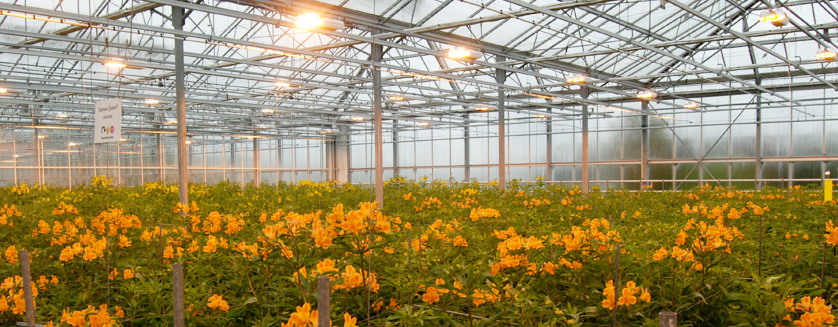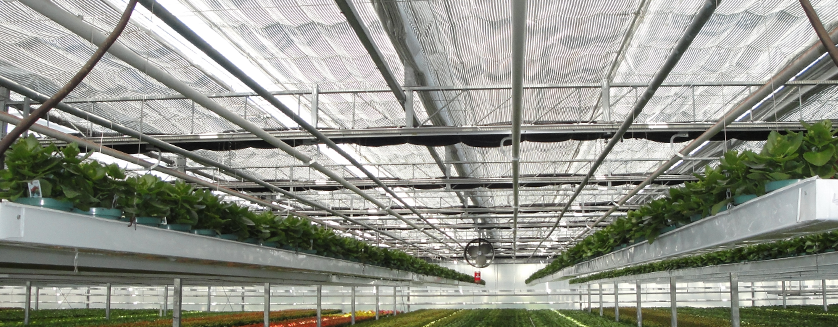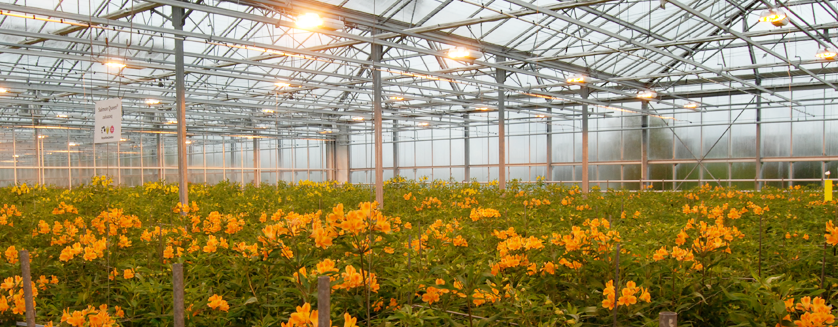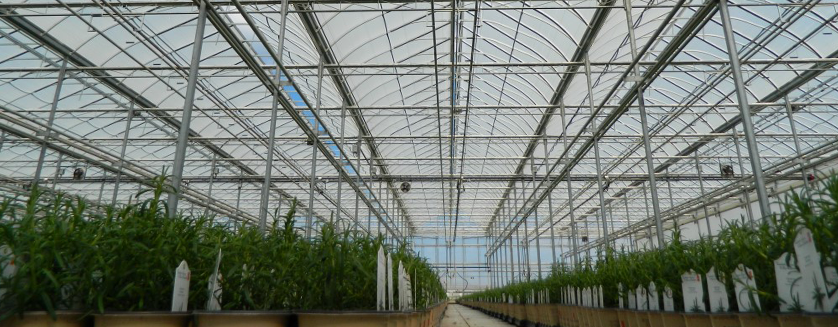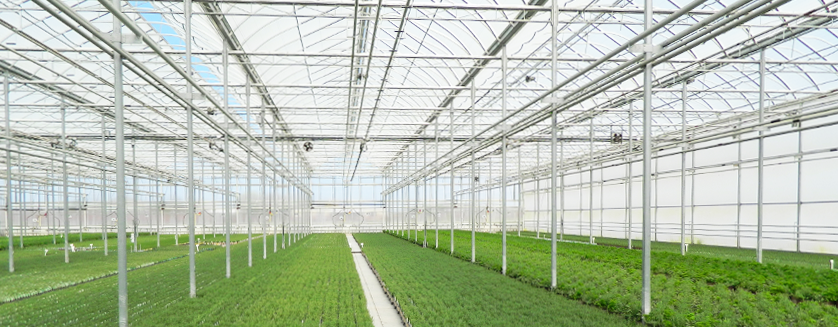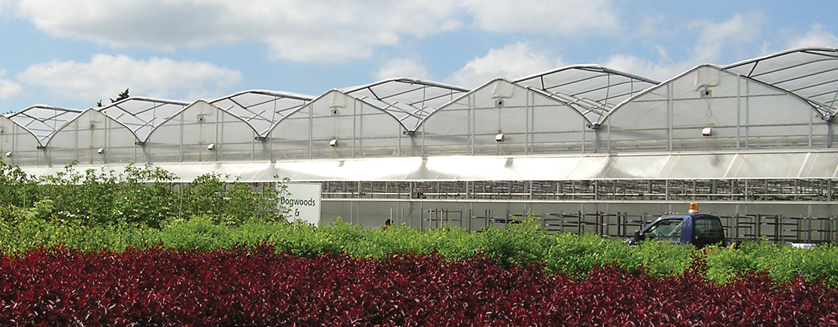Choosing the Right Lighting for Your Greenhouse
As autumn approaches supplemental lighting for greenhouse growers becomes more and more important to the health and yield of your crops. Now is the perfect time to look at a few options for lighting. Whether you decide to go all out with a new LED system, stick with tried and true HPS lights or make some efficiency upgrades to your current crop lighting, take a look at the benefits of your greenhouse lighting options.
